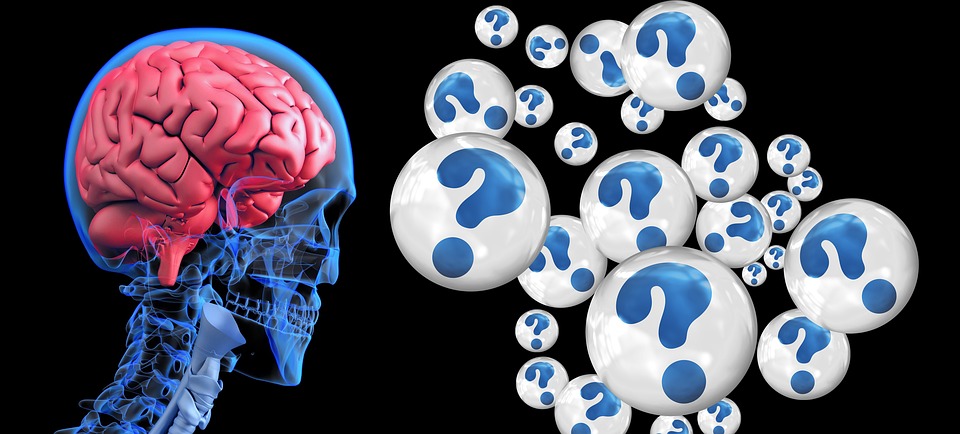Urinary Tract 101: What You Need to Know About Your Excretory System
Introduction
The urinary tract is a critical component of the human body’s excretory system, playing a vital role in eliminating waste and maintaining homeostasis. Understanding how this system functions, its anatomy, potential diseases, and care can empower individuals to make informed health decisions. This article serves as a comprehensive guide to the urinary tract, offering insights into its workings, common disorders, preventive measures, and treatment options.
Anatomy of the Urinary Tract
The urinary tract consists of several key structures: the kidneys, ureters, bladder, and urethra.
1. Kidneys
The kidneys, two bean-shaped organs located in the lower back, are responsible for filtering blood, regulating fluid balance, and maintaining electrolyte levels. Each kidney contains approximately one million nephrons, the functional units that filter blood and produce urine. The kidneys also play a role in blood pressure regulation through the renin-angiotensin system and contribute to red blood cell production through erythropoietin.
2. Ureters
The ureters are thin, muscular tubes that transport urine from the kidneys to the bladder. Each ureter is about 10-12 inches long and has a peristaltic motion that helps propel urine downward, preventing backflow. The ureteral openings are strategically positioned to minimize the risk of urinary reflux.
3. Bladder
The bladder is a hollow, elastic organ that stores urine until it is ready to be expelled from the body. It can hold approximately 400 to 600 milliliters of urine. The bladder is lined with a transitional epithelium that allows it to stretch. When it reaches a certain level of fullness, nerve signals trigger the urge to urinate.
4. Urethra
The urethra is the final part of the urinary tract, through which urine exits the body. In males, the urethra is longer and passes through the penis, while in females, it is much shorter and opens just above the vaginal opening. The urethra has sphincters that control the flow of urine, and it plays an essential role in male reproductive functions as well.
Function of the Urinary Tract
The primary functions of the urinary tract include:
1. Waste Elimination
The urinary tract eliminates waste products generated from metabolism, including urea, creatinine, and various electrolytes. These waste products are filtered from the bloodstream by the kidneys and excreted in urine.
2. Regulation of Fluid and Electrolyte Balance
The kidneys regulate the body’s fluid levels and electrolyte concentrations, such as sodium and potassium. This regulation is crucial for maintaining blood pressure, nerve function, and overall cellular health.
3. Acid-Base Balance
The kidneys play a significant role in maintaining the acid-base balance of the body by excreting hydrogen ions and reabsorbing bicarbonate from urine. This process helps to stabilize the body’s pH levels.
4. Hormonal Function
The kidneys produce hormones, including erythropoietin and renin, which are essential for red blood cell production and blood pressure control. They also convert vitamin D into its active form, which is necessary for calcium absorption.
Common Urinary Tract Disorders
The urinary tract can be affected by a variety of disorders that may interfere with its function. Here are several common conditions:
1. Urinary Tract Infections (UTIs)
Urinary tract infections are one of the most common ailments affecting the urinary system, particularly among women. UTIs occur when bacteria enter the urethra and multiply in the bladder. Symptoms may include:
- Frequent urination
- A burning sensation during urination
- Cloudy or strong-smelling urine
- Lower abdominal pain
Treatment
UTIs are typically treated with antibiotics. Drinking plenty of water can also help flush out bacteria.
2. Kidney Stones
Kidney stones are hard deposits formed from minerals and salts in the kidneys. They can cause severe pain, especially when passing through the urinary tract. Symptoms may include:
- Intense pain in the back or abdomen
- Nausea and vomiting
- Blood in the urine
Treatment
Treatment may involve pain management, increased fluid intake to aid in stone passage, and in some cases, surgical intervention.
3. Bladder Infections
Similar to UTIs, bladder infections specifically refer to infections in the bladder. Symptoms include:
- Frequent need to urinate
- Pain or burning sensation during urination
- Lower abdominal discomfort
Treatment
Antibiotics are the primary method of treatment.
4. Interstitial Cystitis
Interstitial cystitis, also known as painful bladder syndrome, is a chronic condition causing bladder pain and frequent urination. It can significantly impact quality of life.
Treatment
There is no cure, but treatment options may include dietary changes, physical therapy, medications, and bladder instillations.
5. Kidney Disease
Chronic kidney disease (CKD) and acute kidney injury (AKI) are conditions that impair kidney function over time or suddenly, respectively. Symptoms may include:
- Fatigue
- Fluid retention
- Changes in urine output
Treatment
Management for kidney diseases may involve dietary changes, medications to control blood pressure and blood sugar, and in severe cases, dialysis or transplantation.
Preventive Measures for Urinary Tract Health
Maintaining urinary tract health is essential for overall well-being. Here are some preventive measures:
1. Hydration
Drinking plenty of water helps dilute urine and flushes out harmful bacteria, thereby reducing the risk of infections.
2. Proper Hygiene
Practicing good hygiene can decrease the likelihood of introducing bacteria into the urinary tract. For women, proper wiping techniques (front to back) after using the restroom can help.
3. Urinate Regularly
Regularly emptying the bladder can help prevent infections. Avoid holding urine for extended periods.
4. Diet and Lifestyle Changes
A balanced diet rich in fruits and vegetables can promote urinary health. Certain foods, like cranberry juice, may deter bacterial adherence to the bladder walls.
5. Avoiding Irritants
Reducing consumption of irritants such as caffeine, alcohol, and spicy foods may help prevent bladder irritations.
Diagnosis of Urinary Disorders
When experiencing urinary tract symptoms, medical professionals employ various diagnostic tools to determine the underlying cause:
1. Urinalysis
A urinalysis tests a sample of urine for signs of infection, blood, or other abnormalities.
2. Imaging Studies
X-rays, ultrasounds, or CT scans may be utilized to visualize the kidneys, ureters, and bladder.
3. Cystoscopy
A cystoscopy involves inserting a thin tube with a camera into the bladder to examine for issues like inflammation or tumors.
4. Blood Tests
Blood tests can assess kidney function, electrolyte balances, and signs of infection.
Treatment Options
Treatment varies based on the underlying condition affecting the urinary tract.
1. Antibiotics
Commonly prescribed for UTIs and bladder infections, antibiotics target bacterial infections.
2. Antispasmodics
Medications such as antispasmodics may help relieve bladder spasms associated with interstitial cystitis.
3. Diet Modifications
For conditions like kidney stones, dietary alterations can reduce stone formation.
4. Surgery
In severe cases, surgical interventions may be necessary, especially for structural problems or large kidney stones.
Conclusion
Understanding the urinary tract’s anatomy, function, and potential disorders is fundamental to maintaining urinary health. By recognizing symptoms and seeking timely medical attention, individuals can effectively manage conditions and prevent complications. Adopting a healthy lifestyle through hydration, hygiene, and dietary choices further supports urinary system function. Remember that your urinary health is crucial to your overall well-being; being informed is the first step towards proactive self-care.
Footnotes
-
American Urological Association. "Urinary Tract Infection." Link
-
Mayo Clinic. "Kidney Stones." Link
-
National Institute of Diabetes and Digestive and Kidney Diseases. "Interstitial Cystitis/Bladder Pain Syndrome." Link
-
Centers for Disease Control and Prevention. "Urinary Tract Infection." Link
- National Kidney Foundation. "What Is Chronic Kidney Disease?" Link
This overview provides a foundational understanding of the urinary tract, its importance, and necessary health practices. For further exploration of any specific area, consult a healthcare professional or relevant literature.


























Add Comment